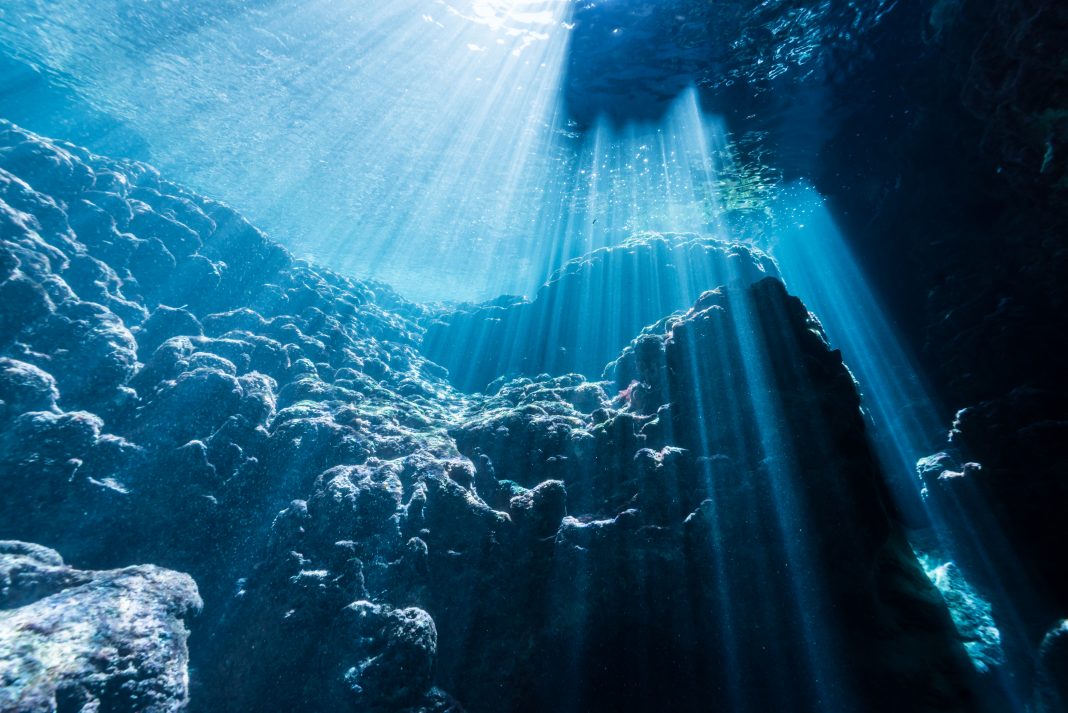An analysis of microbial genomes collected from more than 1,000 seawater samples from around the world has revealed a new family of bacteria rich in biosynthetic gene clusters (BGCs). This new family could serve as a reservoir of new enzymes, metabolites, and pathways for biotechnological and therapeutic applications.
Microorganisms are physiologically and ecologically diverse, having adapted to a range of terrestrial and aquatic environments on earth. However, because most of these microorganisms have not been cultured or studied in the laboratory, this functional diversity has remained underexplored.
“Only in recent years, thanks to several ocean circumnavigation campaigns and the use of new molecular methods, we have begun to know what organisms, what genes, and what biotechnological potential is hidden under the skin of the ocean,” said Josep Gasol, PhD, a researcher from Institut de Ciències del Mar and one of the authors of the study, which was published in Nature.
Using state-of-the-art molecular and computational methods, the researchers uncovered more than 2,700 undescribed microbial species. They then integrated the genomes of these species with publicly available genomes to create the Ocean Microbiomics Database.
Mining this database revealed approximately ~40,000 BGCs, groups of genes predicted to encode pathways for the synthesis of ~7,000 biochemical compounds. More than half of these compounds are likely to be new.
In addition to their ecological roles, many of these newly identified compounds could have drug-like properties. “Some of them could be used in new therapies, while others could help to improve certain biotechnological processes and, by extension, our quality of life in the future,” says Silvia Acinas, PhD, a member of the team coordinating the Tara Oceans campaign, which collected seawater samples used in the study.
The study also defined a new family of bacteria with many diverse BGCs. The scientists named the new family “Candidatus Eudoremicrobiaceae,” after Eudore, the sea nymph of fine gifts in Greek mythology.
To extend their work, the researchers expressed two of the BGCs—those for the phospeptin and pythonamide pathways—in bacterial hosts. These pathways produced peptides with unusual structures and activities that could be useful in biotechnological applications.
But these are only two of the thousands of predicted pathways in the dataset. This means that many new biosynthetic enzymes and chemical compounds have yet to be characterized. “We invite scientists worldwide to join us in exploring marine microbial diversity to uncover new enzymes, pathways and specialized metabolites, and to elucidate their ecological functions and potential uses,” wrote Lucas Paoli and Serina Robinson, PhD, in a briefing that accompanied the research article.



